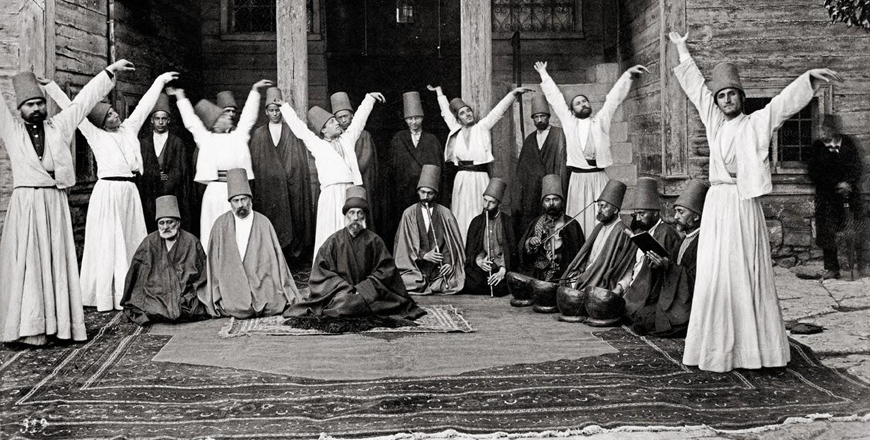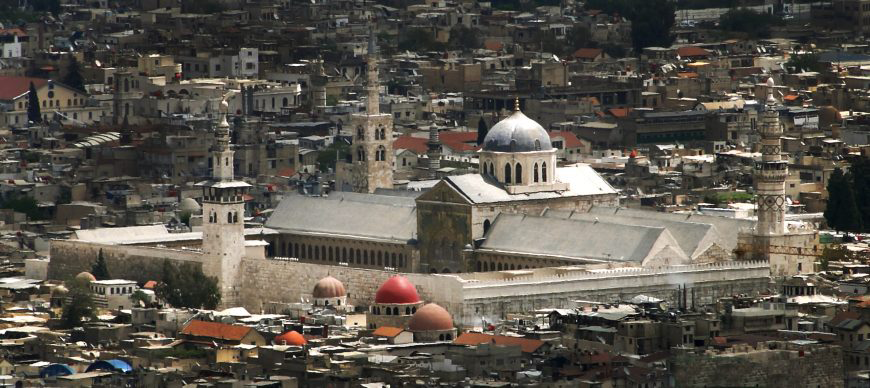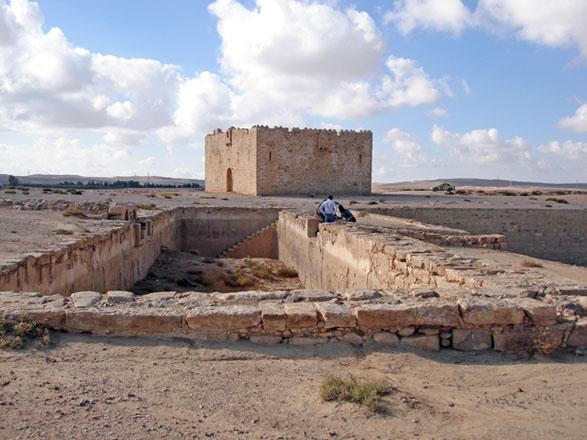You are here
Scholar explores account of 17th century Hajj traveller
By Saeb Rawashdeh - Oct 13,2022 - Last updated at Oct 13,2022

Léon Belly, Pilgrims heading to Mecca, 1861 (Photo courtesy of Musée d’Orsay, Paris)
AMMAN — An ardent Ottoman traveller from the 17th century, Evliya Celebi, left a valuable account on the Hajj pilgrimage route and way stations between Damascus and Mecca.
Born in Istanbul to a wealthy and influential family in 1611, Celebi left his personal itinerary describing his experience travelling through different villages and towns along the Hajj route at the expense of Sultan Mehmet IV.
“Celebi wasn’t a commoner or a mere pilgrim, but had a high rank in a Sultan’s court,” said Claudine Dauphin, who is an affiliate of Somerville College, Oxford and a specialist in pilgrimage routes and camps.
On March 2, 1671, Celebi left Damascus for Mecca with the Hajj caravan, Dauphin continued, stating that Celebi wrote 10 travelogues describing the Balkans, Russia, Rumelia, Austria, Caucasus, Syria, Palestine, Armenia, Egypt, Sudan and Hijaz.
“Since Sultan Suleiman the Magnificent, who had legally stipulated that gifts and money be spent from the treasury of Syria on 77 tribal chiefs to protect the Hajj caravan, the sheikhs of those specific tribes, with 40,000 to 50,000 camels, awaited the arrival of the pilgrims’ caravan,” Dauphin underlined.
From Celebi’s vivid description, it is possible to imagine the Hajj caravan setting of an established camp to be used for several days, or to be used for resting and a watering stop-over, Dauphin said, adding that at midnight, the trumpets would sound to herald the caravan’s departure. Packing, loading and positioning the camels, horses and mules took all night, and at dawn the procession moved, she added.
Security a primary concern of Amir Al Haj, or the caravan’s commander, who would organise military protection consisting of “5,120 armed and well-organised janissaries to repel bedouin attacks, a cavalry unit of 2000 horse riders, 200 armed brave men, two Tatar flag-bearers, 300 torch-bearers and 30 musicians”, she said.
Celebi’s Damascus to Qatrana itinerary describes Kiswa, Qala’at Sinamayn, Zara’a and Khan Tarkhana, she said, adding that besides frequent attacks, pilgrims also had to deal with natural disasters and the elements.
“There were suffocating khamsins [hot, sandy windstorms] and blinding sandstorms in the late spring [May] and autumn [September-October], but even more dangerous and crippling winter flash floods resulting from sudden and abundant rain increasing the rate of flow of the wadis,” Dauphin said.
Particularly dangerous was the Gorge of Balqa, a five kilometre stretch which typically takes three hours to walk through. In the non-stop rain and flooding from waterlogged wadis that the pilgrims faced, the journey took 10 hours, she said, adding that Celebi describes scenes of pandemonium in which horses, mules, camels and donkeys sank in the mud.
Written in Ottoman Turkish in Arabic script, Celebi’s Seyâhatnâme was translated only piecemeal until its recent full translation into Arabic by Jordanian scholar Abdulqader Al Husan, with whom Dauphin collaborated over an extant English version.
Related Articles
AMMAN — As a hafiz who recited the holy Koran by heart and was part of the clergy at the court of Ottoman Sultan Mehmet IV (1642-1693), and
AMMAN — The first caliphs were known for building mosques and rest-houses for the pilgrims, Claudine Dauphin, an archaeologist affilia
AMMAN — Before large-scale development and air travel, the Hajj pilgrimage routes comprised mostly of dirt roads, but according researchers,















